




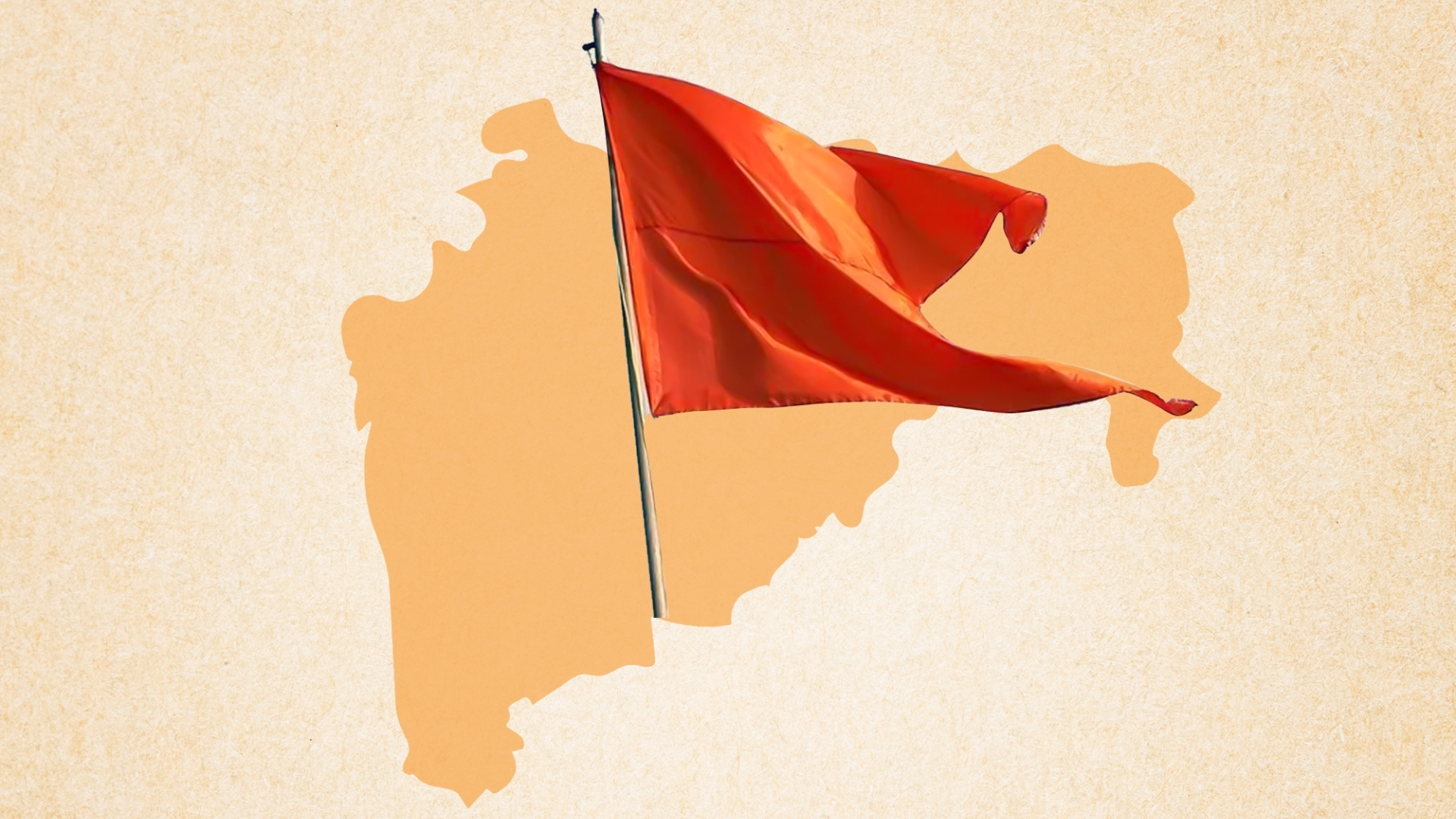
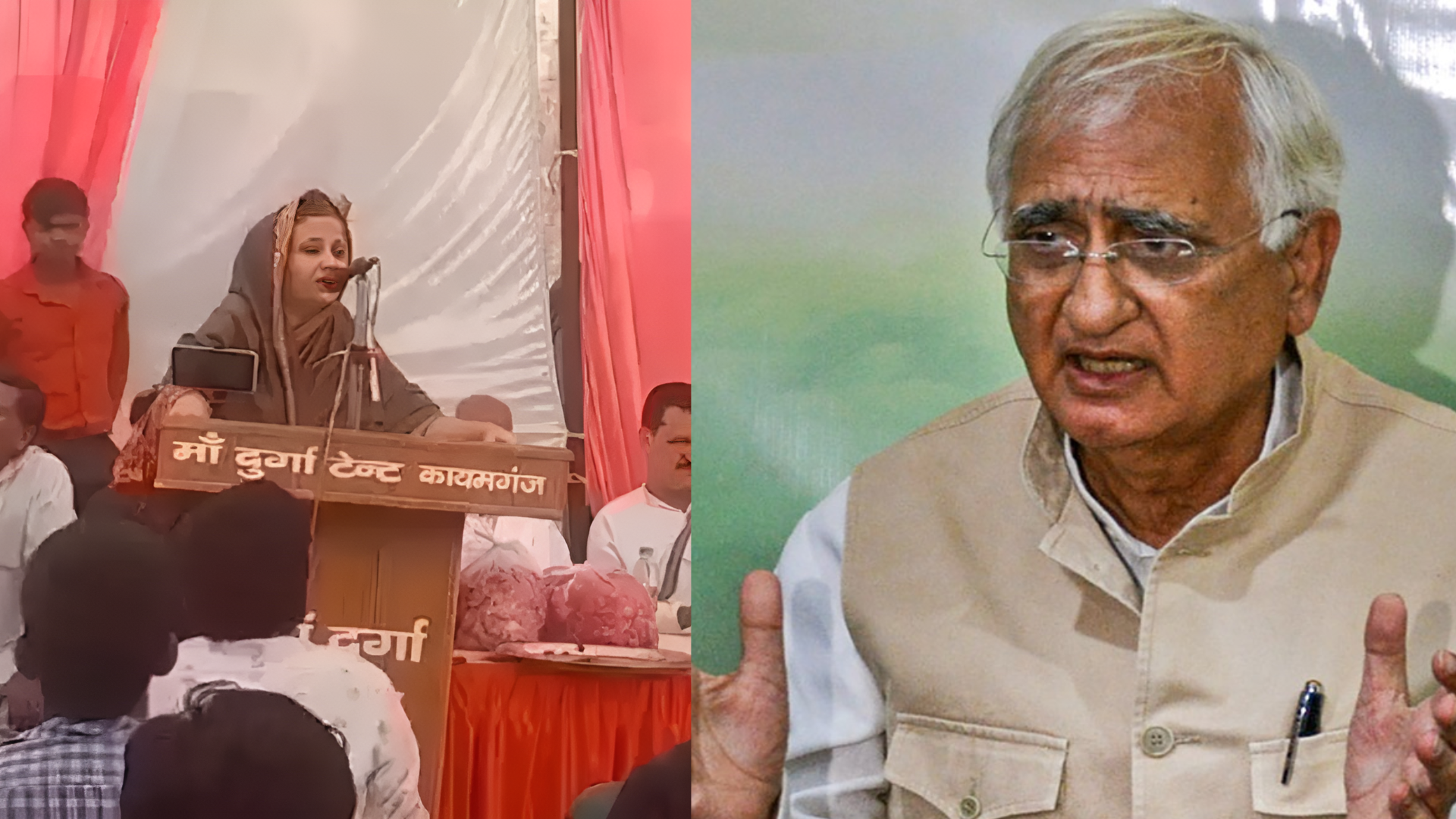
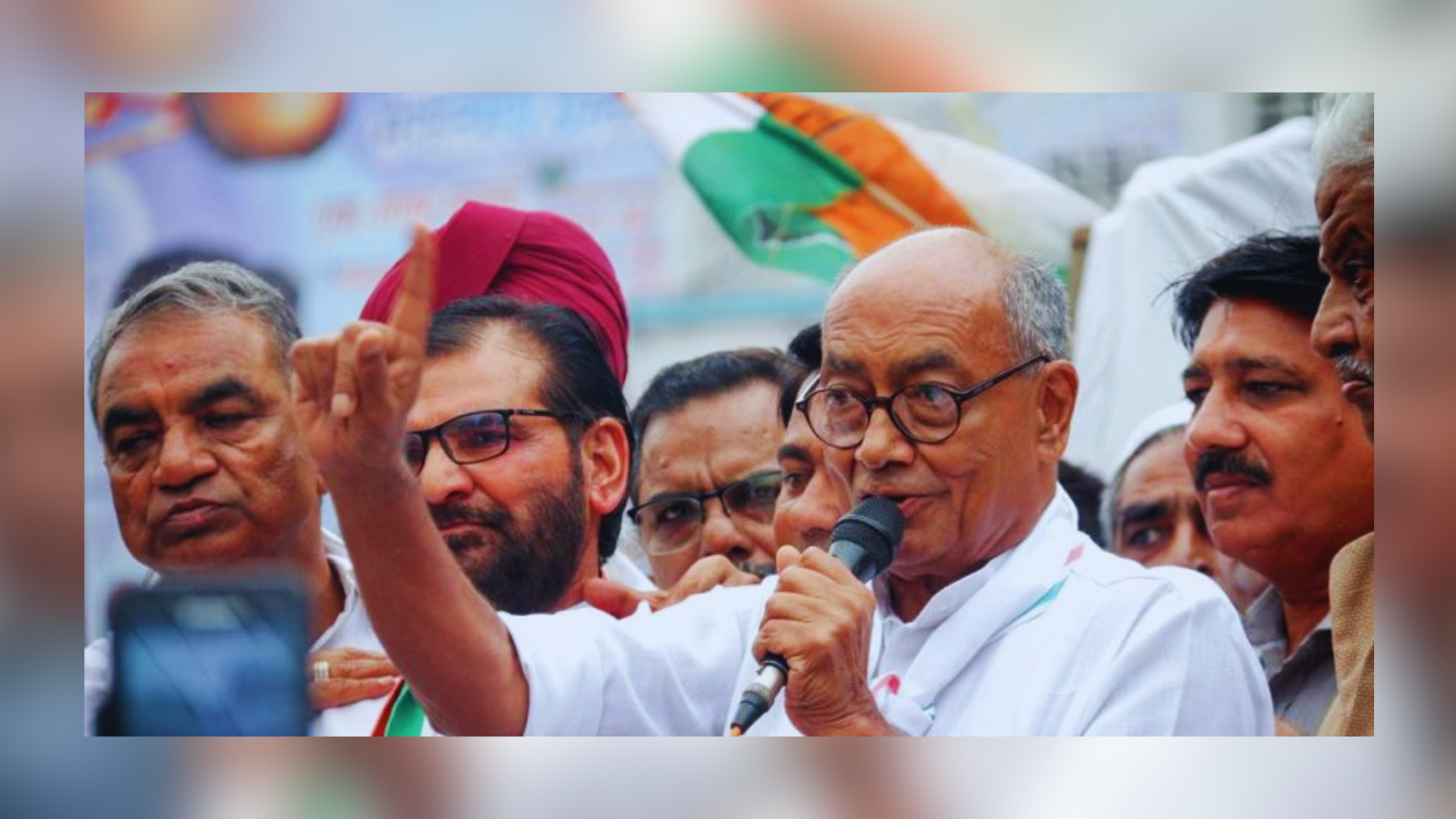

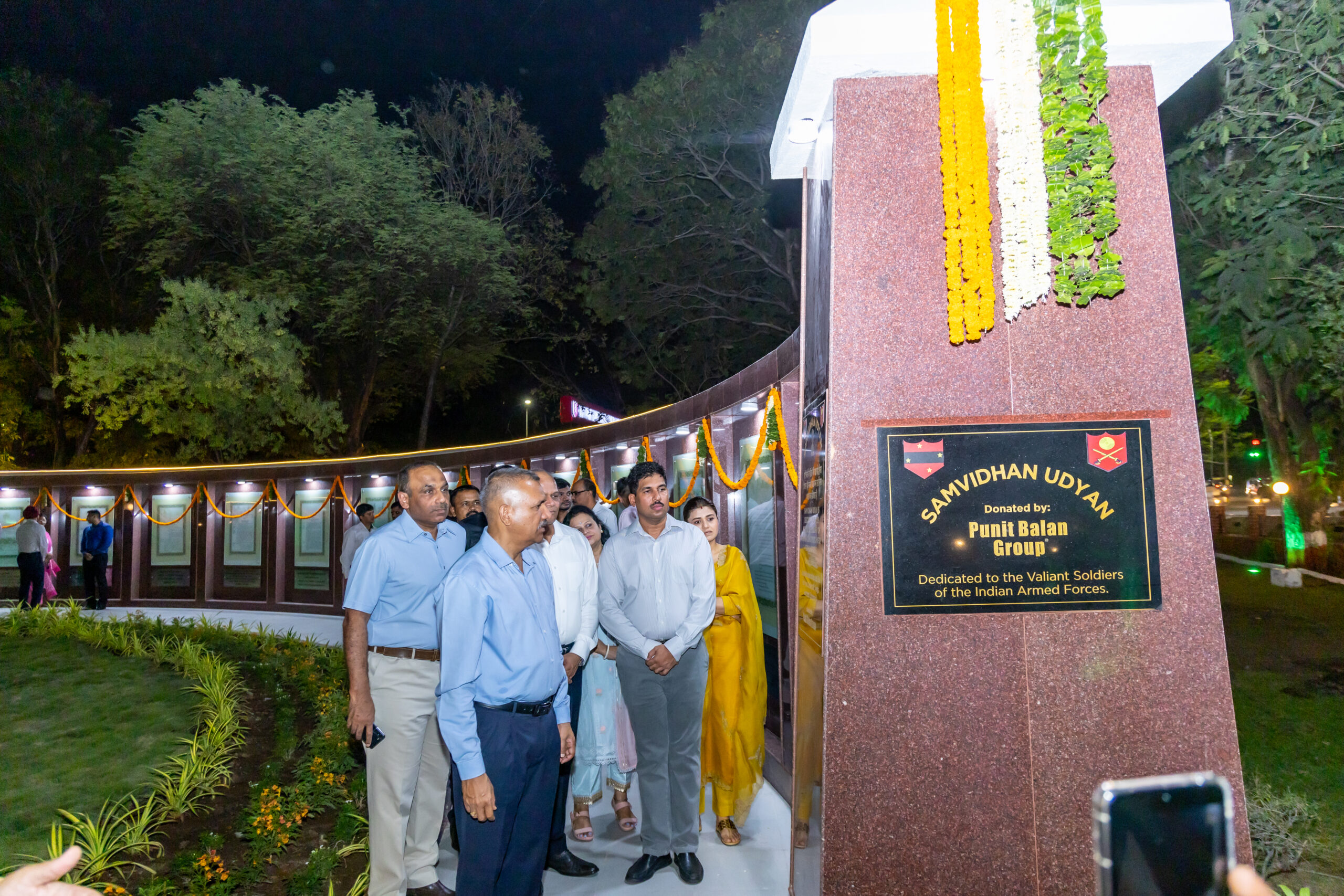
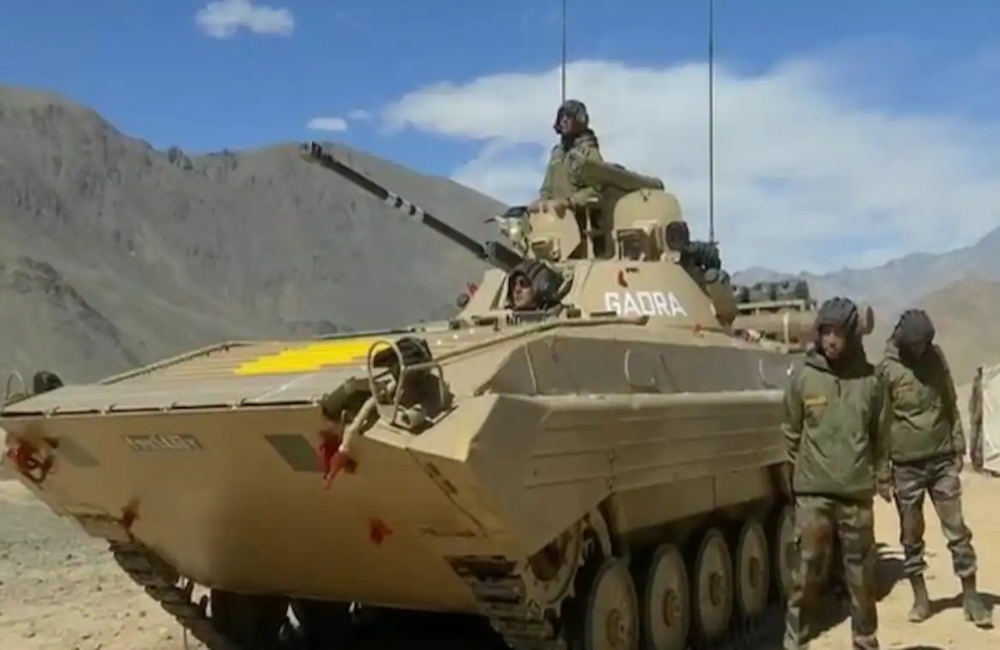
An official watch is being kept on the PLA’s western theatre command and the movement of three combined armed brigades that the Chinese army brought in as reserves one month prior to the 20th Party Congress of the Communist Party of China (CPC) in the eastern sector as the Indian Army transitions to a winter posture along the 3,488km Line of Actual Control (LAC) with China.
Subrahmanyam Jaishankar, the minister of external affairs, has repeatedly argued that maintaining peace and tranquility along the LAC is the only way to mend the tremendous damage done to bilateral ties by PLA violations in East Ladakh in May 2020.
On November 12, Indian Army Chief General Manoj Pande officially said that there had been no major drop in PLA soldier strength in Occupied Aksai Chin in Ladakh and that China has continued its infrastructure building along the LAC.
According to the officials cited above, the winter posture of the Indian Army will also depend on whether the three combined armed brigades—each brigade has 4,500 troopers and support elements of nearly a division—return to their bases or remain positioned in the depth areas in the western theatre command. The dates for the 17th round of senior military officials’ meetings have yet to be determined.
It is believed that two additional PLA brigades are stationed across Arunachal Pradesh, while a mixed-armed brigade is stationed as a reserve by the PLA in the vicinity of Phari Dzong in the Silliguri Corridor near the China-Bhutan border. These three brigades were transferred from the PLA’s Eastern and Southern theatre commands to the Western Theatre Command. The national security planners anticipate the PLA brigades to return to their old bases now that the 20th Party Congress is over and Xi Jinping has been elected president for a third term. Otherwise, the Indian Army’s winter deployment will also need to account for these extra personnel in the deep regions.
The PLA has deployed all of its forces in Aksai Chin, including two army divisions, a border guards division, and support regiments for the rocket, armour, artillery, and missile systems. With armour and support components, the Indian Army is also present in East Ladakh. One of the officers stated that in addition to fighters in Hotan, Kashgar, Lhasa, and Nyingchi air bases, the PLA Air Force is also on alert at Gar Gunsa air base.
Although the idea of de-escalation and ultimately withdrawal was brought up by Indian diplomatic and military officials at earlier India-China summits, the LAC concerns would be settled gradually via careful bilateral discussions.
The resolution of LAC issues, such as the Indian Army’s right to patrol at Depsang Bulge, south of Daulet Beg Oldi, and CNN junction at Demchok in East Ladakh, depends on the strategic direction of the newly appointed Central Military Commission, led by President Xi Jinping, provides to the PLA’s western theatre commander. In contrast, the Indian Army is equipped for a protracted battle.









